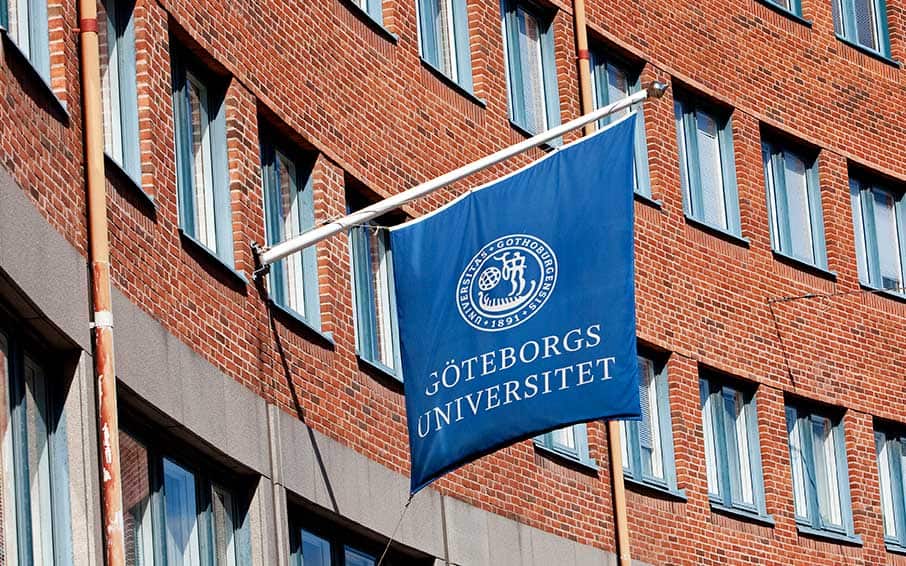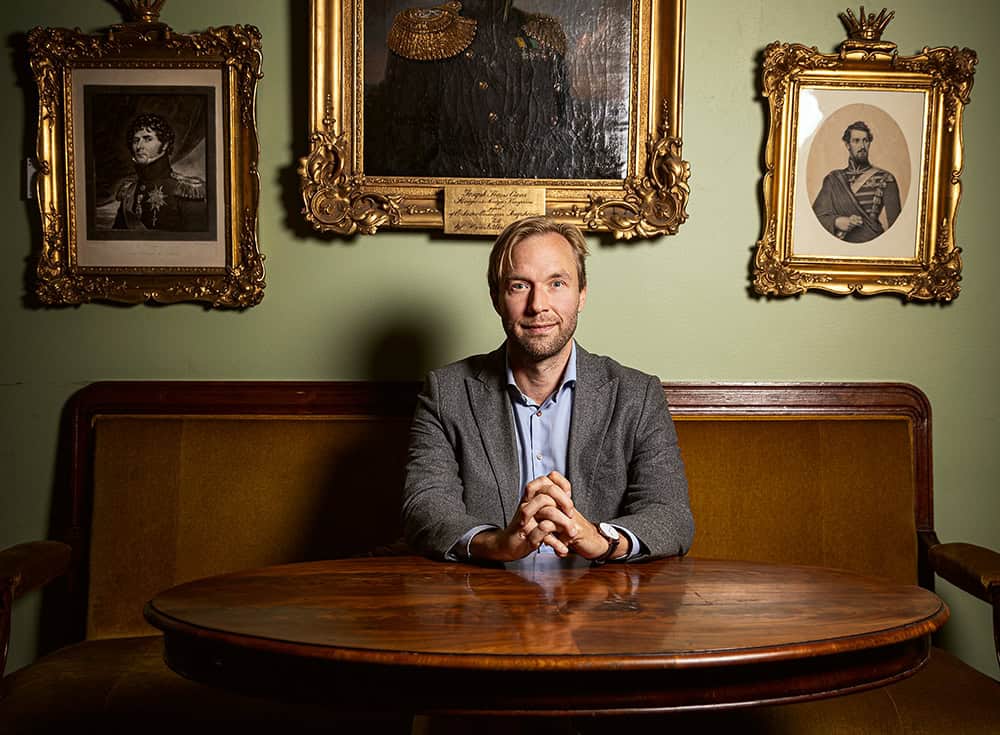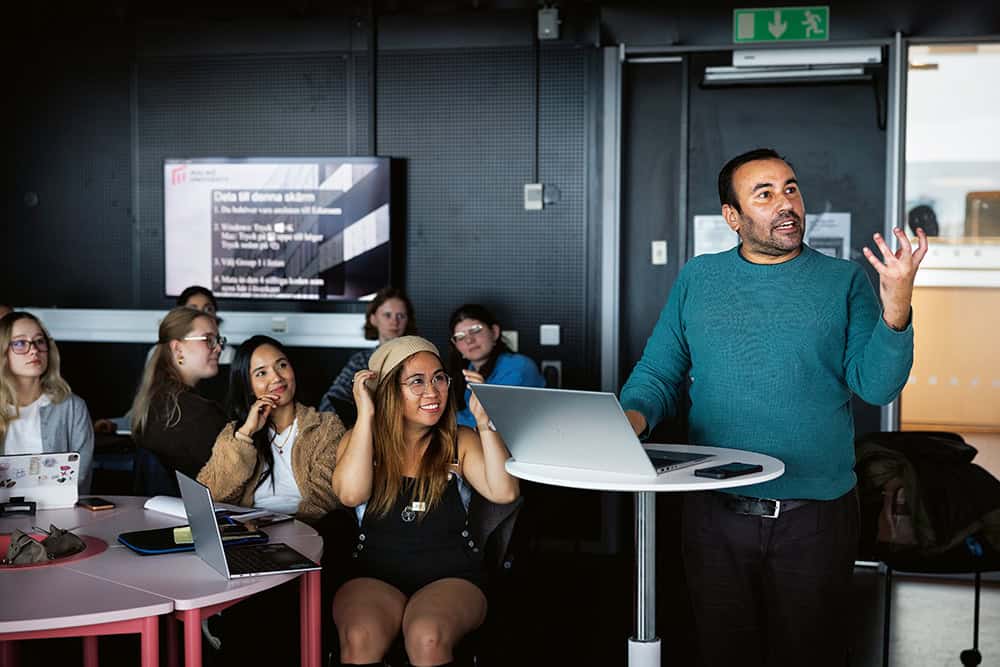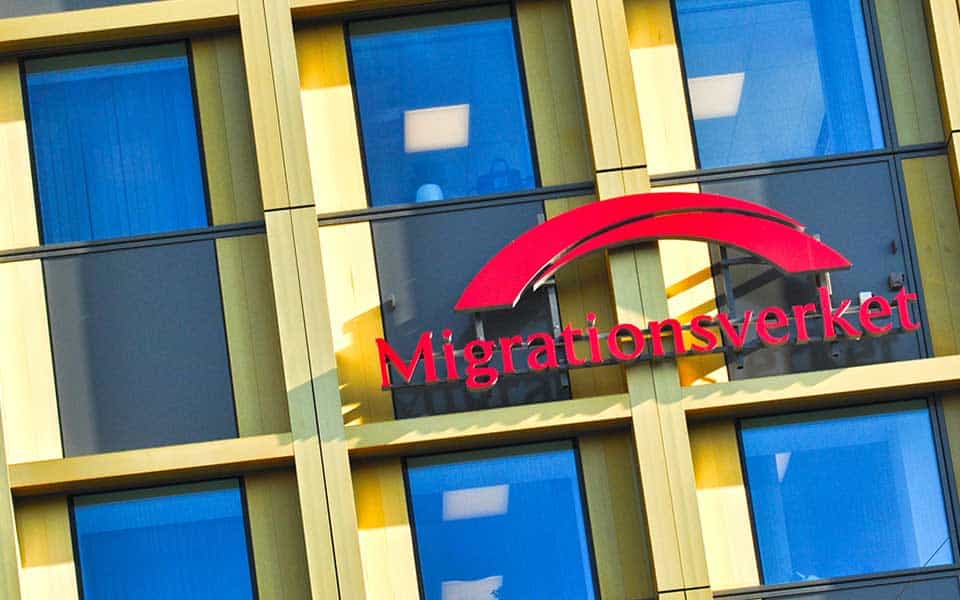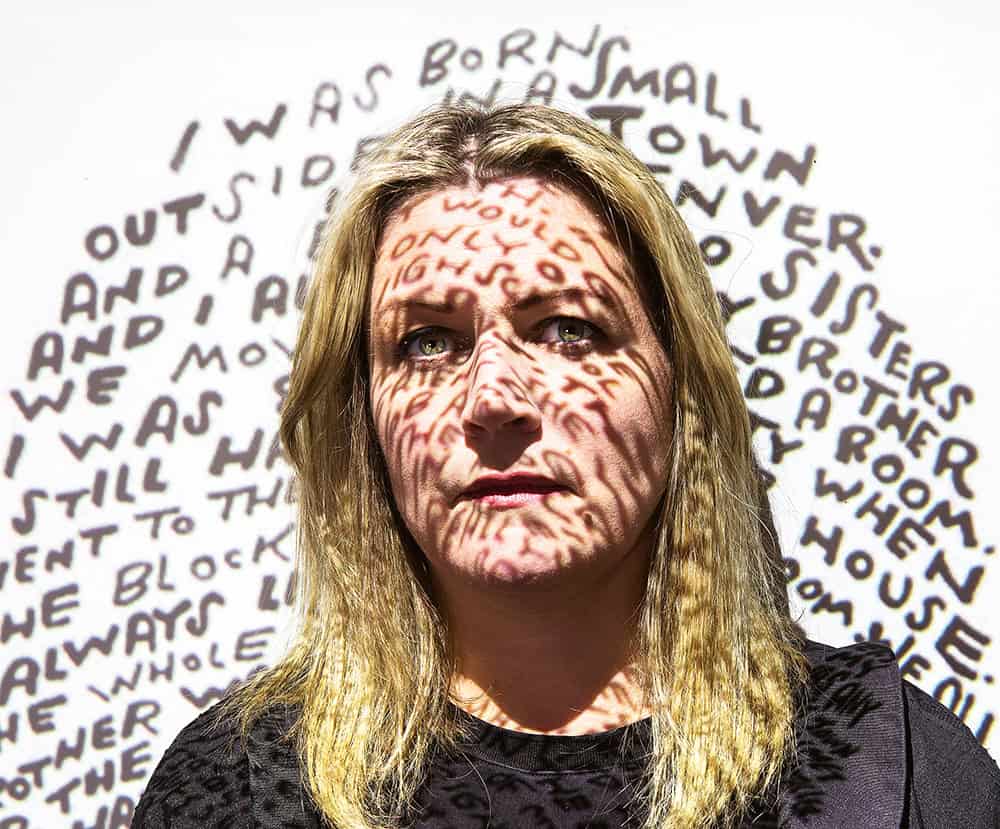Karin Åmossa, Head of Policy and International Affairs at SULF, has been analysing developments in higher education and research for many years. She now believes that the expansion of higher education that we have seen in recent decades will not continue.
“I try to keep up with political developments, and I think that the goal of having a high proportion of university graduates in the population has been toned down. I think the Social Democrats also recognise that a system that results in ever-lower funding per student is unsustainable.”
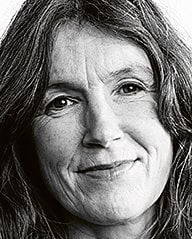
Karin Åmossa
Head of Policy and International Affairs at SULF
She believes that the current government would rather reduce the number of students.
“My concern is that the government is not using the money saved by reducing the number of students to raise the amount of money per student and are instead choosing to cut funding.”
On the research side, Åmossa believes that the current trend of increasing dependence on external research funding will continue.
“For politicians, research is in some way sexier than education, because then they can show they are being proactive and investing in what they consider to be cutting-edge research and excellence. The problem is that there is no evidence that this policy leads to excellence.”
One consequence is that in relative terms there is more and more research at universities. This means that many researchers only do research, while many teachers more or less only teach.
“This division should not be necessary, but it is both a consequence of the higher education institutions’ priorities and of the policy of keeping research funding and education funding completely separate, which has gone on for several decades. So the institutions cannot mitigate the effects of financial cuts to education by diverting some of their research funding.
Most of the research money is likely to continue to come in the form of competitive funding, which Karin Åmossa believes leads to insecure employment for researchers.
“Since we in the sector have had little success with our demands for an increase in the share of basic funding for research, we need to find other ways to make research positions more secure.”
When it comes to education, Åmossa believes that politicians want to save money and improve efficiency, for example through productivity deductions – a general cut in state agencies’ budgets that also impacts universities and colleges.
“I do not think politicians will remove productivity deductions. They would rather focus on what they call investment, because that seems more proactive, even if at best it only prevents the erosion of appropriations a little.”
She sees no signs of the current education policy changing.
“We can assume that it will continue until at least 2035, so it probably won’t make much difference which government we get after the next election.”
But the number of people applying for higher education is set to increase over the next decade. The number of young people aged 19 to 24 is on the rise. By 2035, that age group will have increased from a low of around 700 000 people to around 800 000.
What would a sustainable system look like?
“The quality of education and training must be the key factor. What is needed? What is the purpose of the educational programmes? What resources do they need? And how much will it cost?”
She sees two ways forward.
“If quality is to be achieved within the current funding limits, there is no other option than to reduce the number of students and increase the amount of money per student. It is not enough just to reduce the number of students, because then the funding caps will also be lowered because the two are linked. And you cannot reduce the number of teachers, because then you will not gain anything either.”
But there is also another way to go: increase the amount of funding per student and also raise the funding caps. “As we have seen, the number of young adults in the population will increase in the next ten years. If funding for education is left unchanged, a smaller share of the population will be able to get a university education.”
But Åmossa sees no signs that politicians intend to put significantly more money into higher education. “So I think we will see a shrinking share of the population in the 19-24 age groups starting and completing a university education. In the long run, this will lead to a decrease in the proportion of highly educated people in the population.”








